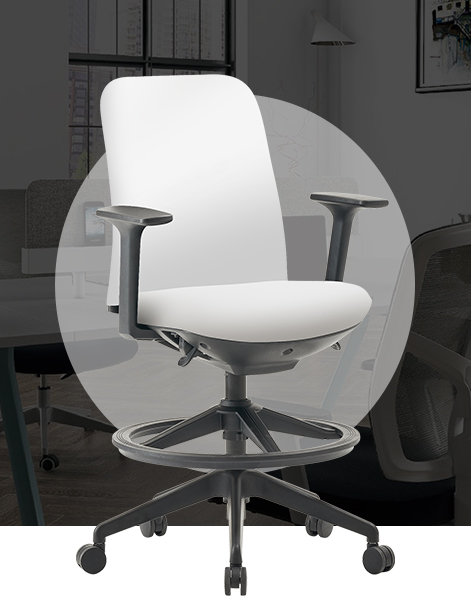Stackable Chairs for Meeting Rooms - Efficient and Space-Saving Seating Solutions
The Benefits of Stackable Meeting Room Chairs
In today's dynamic business environment, the design and functionality of meeting spaces have become increasingly important. A significant component of this is the type of seating used. Stackable meeting room chairs have emerged as a popular choice due to their versatility, convenience, and ergonomic design. In this article, we will explore the various benefits of stackable chairs in meeting room settings.
Space Efficiency
One of the most significant advantages of stackable chairs is their space-saving capability. When not in use, these chairs can be easily stacked and stored, freeing up valuable floor space for other activities. This is particularly beneficial in multi-purpose rooms where the configuration may need to change frequently. For businesses that host events, training sessions, or gatherings, having a flexible seating option allows for quick transitions between different setups, ensuring that the space can be utilized efficiently.
Ease of Mobility
Stackable meeting room chairs are designed with portability in mind. Many models are lightweight, making them easy to move and reposition as needed. This feature is particularly advantageous for organizations that frequently rearrange their meeting spaces for workshops, seminars, or collaborative sessions. The ability to quickly set up and dismantle seating arrangements can significantly enhance the overall productivity of meetings, allowing team members to focus on the tasks at hand rather than logistical concerns.
Variety of Designs
In addition to their functional benefits, stackable chairs come in a wide range of designs, colors, and materials. This allows organizations to choose seating that aligns with their brand identity and complements their overall interior design. Whether a company prefers a modern aesthetic with sleek lines or a more traditional look, there are stackable options available to suit any taste. Furthermore, customization options also allow businesses to reinforce their branding through specific colors and styles.
meeting room chairs stackable products

Comfort and Ergonomics
While stackable chairs are often seen as simple and utilitarian, many modern designs prioritize comfort and ergonomics. Features such as padded seats, lumbar support, and contoured shapes are commonly integrated into stackable chairs to enhance user experience during meetings that may last for extended periods. Providing comfortable seating demonstrates a company's commitment to employee well-being and can lead to improved focus and engagement during discussions.
Durability and Maintenance
Stackable chairs are typically crafted from durable materials, designed to withstand the wear and tear of frequent use. Many models are also resistant to scratches and stains, making them ideal for environments where spills and accidents may occur. This durability translates to lower maintenance costs over time, as organizations are less likely to need to replace worn-out furniture. Additionally, easy-to-clean surfaces mean that maintaining a neat and professional appearance in meeting spaces requires minimal effort.
Sustainability Considerations
In an era where sustainability is increasingly prioritized, many manufacturers are producing stackable chairs using environmentally friendly materials and practices. Choosing eco-conscious options can help organizations reduce their carbon footprint and align with their corporate social responsibility goals. Furthermore, the longevity of high-quality stackable chairs contributes to reducing waste, making them a practical choice for the environmentally conscious business.
Conclusion
In conclusion, stackable meeting room chairs are a smart investment for businesses seeking to optimize their meeting spaces. Offering a combination of space efficiency, mobility, design variety, and comfort, these chairs cater to the needs of modern workplaces. Additionally, their durability and sustainability attributes make them a responsible choice for organizations committed to both functionality and ethical considerations. By integrating stackable chairs into their meeting environments, businesses can enhance both the aesthetic and practical elements of their collaborative spaces, ultimately leading to more productive and engaging meetings.
share:
-
Multi Colored Modular SofasNewsJul.07,2025
-
Enhance Seating Experience with Chair AccessoriesNewsJul.07,2025
-
Enhance Four Legged Chairs with WheelsNewsJul.07,2025
-
Elevate Your Workspace with Luxurious Boss ChairsNewsJul.07,2025
-
Discover Comfort of Compression SofaNewsJul.07,2025
-
Training Chairs Aim To Provide A Fully Functional And Flexible Workspace For Various Training, Educational, Or Collaborative ActivitiesNewsJun.06,2025
-
The Big Boss Office Chair Aims To Provide Comfort And Support For Individuals In Management Or Leadership PositionsNewsJun.06,2025









